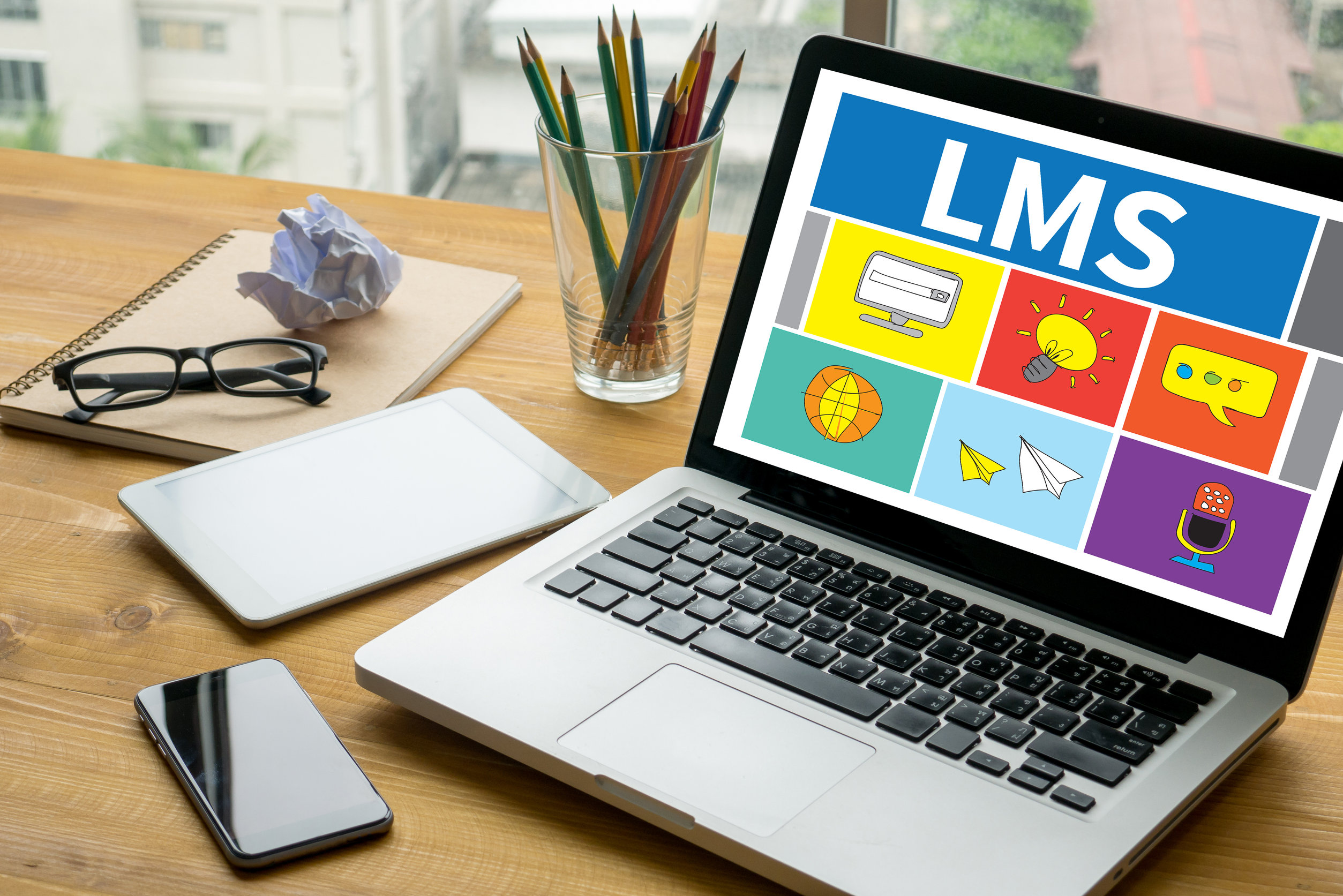Navigating the modern L&D technology stack

Our research has found that the average company has more than 20 different learning and development (L&D) tools and platforms. The combinations typically range from legacy solutions to new tools for facilitating collaboration and personalisation to all types of content resources. New, urgent pandemic-related learning needs, coupled with L&D technology innovations, have only increased the complexity of L&D architectures.
Today, corporate training is one of the most creative, innovative technology markets in the world. Forward-thinking companies are always adopting new tools. Consider VR, AR; creator platforms such TikTok and YouTube; cohort collaboration tools like Microsoft Teams and Slack, and video tools like Zoom, Webex, and Google Workspace. Then there are solutions for video content indexing, translation, assessment, and prescriptive learning. Every time a new technology is invented, someone tries to use it for education and training.
Back in the day, LMSs were supposed to fulfill all corporate learning needs. However, most learning management system (LMS) vendors have fallen behind when it comes to keeping up with technology innovations. Saba, Cornerstone, PeopleSoft, Oracle, and SAP have all tried to build or buy all the pieces needed to support modern learning requirements, but the rapidly changing market makes it difficult for any one company to take the lead.
How to assess and modernise your tech ecosystem
You will want to create a learning infrastructure that pulls together the different pieces of your tech ecosystem. Essentially, this will be the backbone of your overall learning strategy.
Part of this process is running through a long list of learning options. How much self-study, video learning, face-to-face instruction, and other modalities should you plan for? Do you want people to be certified or credentialed for certain areas, and if so, how will you determine the criteria? Do you want people to develop and share content internally? Will you want to include online books and reference materials? How about the use of coaches, mentors, or peers to complement learning? Do you want to build career models and associate learning with associated career paths? Will you build capability academies to focus on strategic functional or business areas?
The decisions you make will impact which vendors, tools, and tech you use. No two infrastructures will be exactly the same, just as no two learning organisations are identical. Some are highly centralised and structured. Some are highly decentralised and run by business unit or functional leaders. And the best will have a blend of both, using what we call a federated structure.
And, of course, each company has its own systems for enterprise resource planning (ERP), human capital management (HCM), and payroll. The L&D stack has to be compatible with all such systems. One point worth mentioning is all major ERP vendors have learning platforms. None of them is complete, nor will these systems ever be. Therefore, if you do decide to use the learning management system (LMS) or learning experience platform (LXP) provided by your core HR vendor, just remember that it will not be enough. The specialised providers will do more, and you will want to look at them.
When choosing an L&D technology stack, there are essentially five “layers” of tools and platforms to consider.
Learning data layer
As you get deeper into skills-centric learning, you are going to want L&D data streams as rich and interactive as the data streams you get from your external website. Why? Because people use many different learning platforms, and each platform collects its own set of data. At some point, you will want to bring this data together—to understand what content is most useful, to see why some programmes fail and others succeed, and to understand what people are looking to learn. Companies spend tens of millions of dollars to build, buy, and curate learning solutions, and without good data, you never know what is working, what is failing, and how to make the experience better. Now we can get such insights with tools such as learning record stores that track and store xAPI statements. We can look at user behaviour in detail and see who is doing what, how well they are learning, and the impact of this activity on their engagement, growth, and overall business results.

LMS layer
The back-office systems of learning, LMSs essentially manage the learning process according to established business rules, manage learning programmes and packages, provide e-commerce functionality when needed, and have many features to help you manage all types of content. These systems also include functions for scheduling and resource management.
Programme Layer
This is where you focus on how programmes are structured, what role instructors play, how collaboration takes place, and what types of assignments, practice exercises, labs, or simulations you will need. No one solution does all this well. Many vendors in this layer start their businesses with learning programme systems (offering new ways to deliver training, mix media, or integrate instructors or mentors into the process). Over time, these vendors tend to build more LMS features into their systems, some of which may integrate or conflict with your LMS.
LXP layer
This is where a talent intelligence system (or skills taxonomy) fits in. Employees need a way to find, search, and discover the right learning programmes—that is, the courses, programmes, and materials they need. Our past approach was to let people browse a course catalogue, but this approach never worked well. Giving employees the ability to search available programmes and resources also is not optimal, as a company could have many courses on the same topic or with similar names. So, we need an intelligence system that arranges, recommends, and organises learning content into paths and curricula. This is typically done in an LXP. You will find many excellent options for this layer.
Access layer
Also known as the presentation layer, this is where employees find and access learning in the flow of work. You can let people log directly into the LXP, or you can arrange the programmes into a portal and create an online university, a functional academy, or even expose the content in your talent marketplace or employee portal. Now that we have learning-in-the-flow-of work tools, programmes and resources can be accessed through Microsoft Teams, Slack, Salesforce, or just about any other system your employees use.
Conclusion
The first step in creating a learning technology infrastructure is to evaluate the current technology you already have. You will want to do a thorough audit to determine what products are really serving a significant purpose and working well. Additionally, make sure that you are using all of the available functionality the solution has to offer. When adding new technologies to your current stack, you will also want to ensure they integrate with other systems in use. For instance, if your company has made a significant investment in Microsoft technology, you should consider adding products that work well with other Microsoft offerings.
There has never been a more exciting time for L&D technology. And while we want dynamic and compelling digital experiences for employees, we also want to facilitate access to experts, projects, developmental assignments, and support tools to help employees continuously develop and grow. In 2022, corporate learning is all about building systems that bring these approaches together in compelling and productive ways.
By Josh Bersin, a Global Industry Analyst and CEO of the Josh Bersin Company. He will be speaking at HR Tech Festival Asia 2022, which is taking place from 10-13 May 2022. Click here for more insights into learning technologies and platforms in 2022.
Over the coming months, look out for HRM Asia’s HR Leadership Series, which is the best resource destination for HR leaders as they navigate the trends and workforce changes that will shape the world of HR in 2022.



